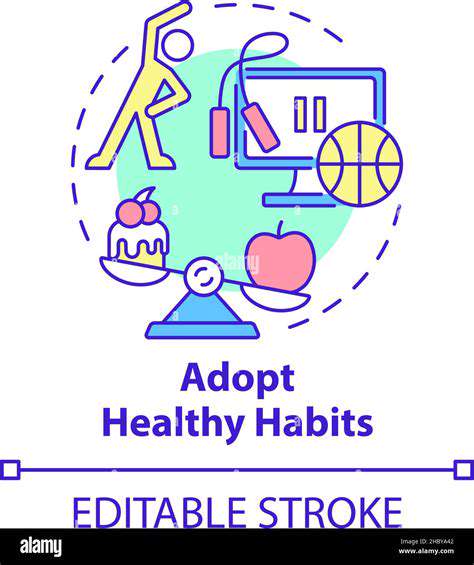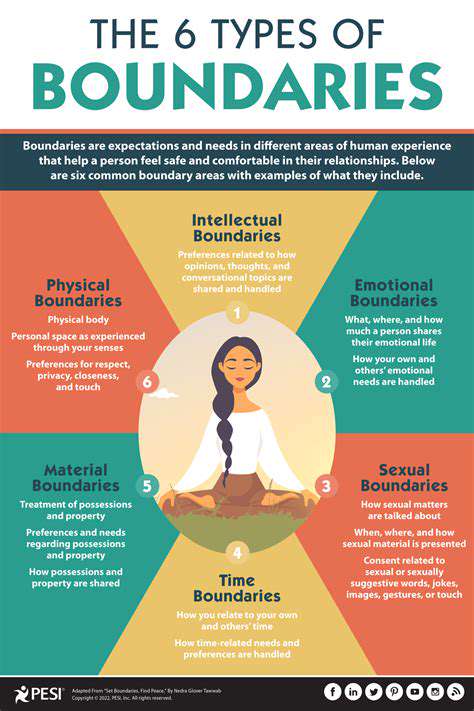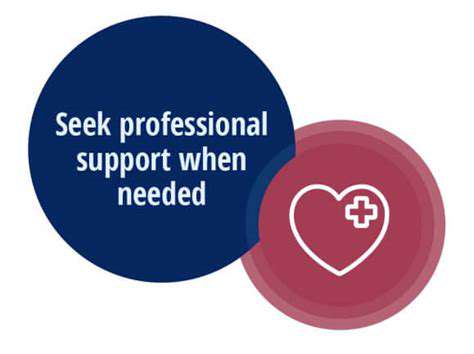Best Job Search Strategies for a Competitive Market [2025]
Crafting a Compelling Resume and LinkedIn Profile for 2025
Optimizing Your Resume for ATS
In today's hyper-competitive job market, your resume often faces an initial automated screening process. To ensure your application isn't lost in the digital abyss, tailoring your resume for Applicant Tracking Systems (ATS) is paramount. This means using keywords related to the job description, formatting your document in a clean, structured manner, and prioritizing quantifiable achievements. Highlighting quantifiable results, such as increased sales by 15%, or managed a team of 10, demonstrates tangible impact. This approach allows the ATS to quickly identify your relevant skills and experience, boosting your chances of moving to the next stage of the hiring process.
Using action verbs at the beginning of each bullet point is essential. These verbs should clearly convey the tasks you performed and the results you achieved. For example, instead of Managed projects, use Managed and delivered 5 successful projects on time and within budget. This concise and impactful language helps the ATS understand your contributions and provides a clear picture of your capabilities.
Highlighting Transferable Skills
Many job seekers overlook the crucial aspect of transferable skills when crafting their resumes. Transferable skills are abilities you've developed in previous roles that are directly applicable to new opportunities. For instance, if you managed a team in a previous role, you likely developed leadership, communication, and organizational skills. Explicitly highlighting these skills on your resume, especially in the context of the desired job description, demonstrates your versatility and adaptability. Consider using a dedicated section or strategically integrating these skills into your experience descriptions. This approach helps showcase your value proposition and demonstrates how your past experiences directly translate to the requirements of the new role.
Crafting a Compelling LinkedIn Profile
Your LinkedIn profile is often the first impression recruiters and hiring managers have of you. Thus, it's crucial to craft a compelling profile that showcases your expertise and experience in a professional and engaging manner. A strong LinkedIn profile should include a clear and concise summary that highlights your unique selling propositions and career aspirations. Use keywords relevant to the industry and job roles you're targeting to increase your visibility to recruiters and potential employers.
Beyond the summary, optimize your experience sections with quantifiable achievements and impressive results. Adding relevant skills, recommendations, and endorsements further solidifies your professional brand and credibility. Actively participate in industry groups and engage in conversations to demonstrate your knowledge and passion for your field. Regularly updating your profile with new skills and experiences further demonstrates your commitment to professional growth.
Tailoring Your Resume for Specific Roles
A one-size-fits-all resume approach rarely works in today's job market. To maximize your chances of securing an interview, tailor your resume to each specific job application. Carefully review the job description and identify the key skills and requirements. Highlight the experiences and accomplishments that directly align with these requirements, strategically using keywords from the job posting. This personalized approach demonstrates your genuine interest in the specific role and showcases how your skills and experience directly address the employer's needs.
Leveraging Keywords and Action Verbs
Keywords are the silent ambassadors of your application, helping to ensure that your resume and LinkedIn profile get noticed by Applicant Tracking Systems (ATS). Thoroughly research the keywords and phrases commonly used in job descriptions within your target industry. Incorporating these keywords throughout your resume and profile will make your application more easily searchable and increase your chances of moving to the next stage of the hiring process. Use strong action verbs to describe your accomplishments and responsibilities. These verbs should be impactful and clearly convey the tasks you performed and the results you achieved. For example, instead of simply listing managed projects, use managed and delivered 5 successful projects on time and within budget. This concise and impactful language highlights your contributions and provides a clear picture of your capabilities.
Staying Updated with Industry Trends
The job market is constantly evolving, and staying current with industry trends is crucial for job seekers. Keeping up with the latest technologies, skills, and approaches in your field allows you to demonstrate your adaptability and commitment to professional development. This includes attending industry events, webinars, or workshops. Continuing education, whether through online courses or certifications, also enhances your expertise and provides a competitive edge in the job market. Following industry publications and blogs and engaging with thought leaders on social media platforms further enhances your understanding of the current landscape and allows you to articulate how your skills and experiences align with emerging industry trends. This proactive approach demonstrates your commitment to staying ahead of the curve.
Leveraging Networking to Find Opportunities in 2025

Networking Strategies for Opportunity Identification
Effective networking involves more than just exchanging business cards; it's about building genuine connections and actively seeking opportunities. Understanding the needs and aspirations of potential collaborators is crucial for identifying opportunities that align with your goals. This proactive approach allows you to identify potential partnerships, mentorship possibilities, and new market insights that might otherwise remain hidden.
Developing a strategic networking plan is essential. This plan should outline specific goals, target audiences, and the actions needed to achieve those goals. For example, attending industry events, joining relevant professional groups, and participating in online forums are all valuable ways to build your network and uncover hidden opportunities.
Building Rapport and Trust
Building strong relationships with others is a cornerstone of effective networking. Active listening, empathy, and genuine interest in others are key components of building rapport and trust. This genuine interest fosters deeper connections that can lead to valuable collaborations and opportunities down the road.
Remember, networking isn't just about what you can get from others. It's also about offering value and support to those you meet. Sharing your expertise, knowledge, and insights can enhance your credibility and create a mutually beneficial exchange. This reciprocal approach ensures that the relationships formed are more sustainable and productive.
Leveraging Online Platforms
In today's digital world, online platforms offer powerful networking opportunities. LinkedIn, industry-specific forums, and online communities provide avenues to connect with professionals across geographical boundaries. These virtual spaces can significantly expand your network and introduce you to people who might not be accessible through traditional methods.
Identifying Your Ideal Connections
Understanding your ideal connections is critical to maximizing the effectiveness of your networking efforts. This involves identifying individuals or groups who possess expertise, experience, or resources that align with your professional aspirations. This strategic approach ensures that the relationships you cultivate are relevant and beneficial to your goals.
Thorough research is essential to understanding the individuals and groups you want to connect with. This research should include exploring their professional background, accomplishments, and areas of expertise. This preparation allows you to have more meaningful conversations and build stronger relationships.
Creating a Strong Personal Brand
A strong personal brand is invaluable in the networking process. It's about effectively communicating your expertise, values, and unique selling points to potential collaborators and partners. This includes highlighting your skills, experience, and accomplishments in a clear and concise manner.
Presenting a cohesive and compelling personal brand helps you stand out from the crowd and makes you more memorable in networking settings. A strong personal brand builds credibility and trust, which are essential for attracting valuable connections and opportunities.


![Guide to Learning About [Specific Topic, e.g., Climate Change]](/static/images/31/2025-05/TheUnfoldingImpactsofaChangingClimate.jpg)





![How to Decorate with Throw Pillows [Expert Tips]](/static/images/31/2025-07/AccessorizingwithThrowPillowsforMoodSetting.jpg)


